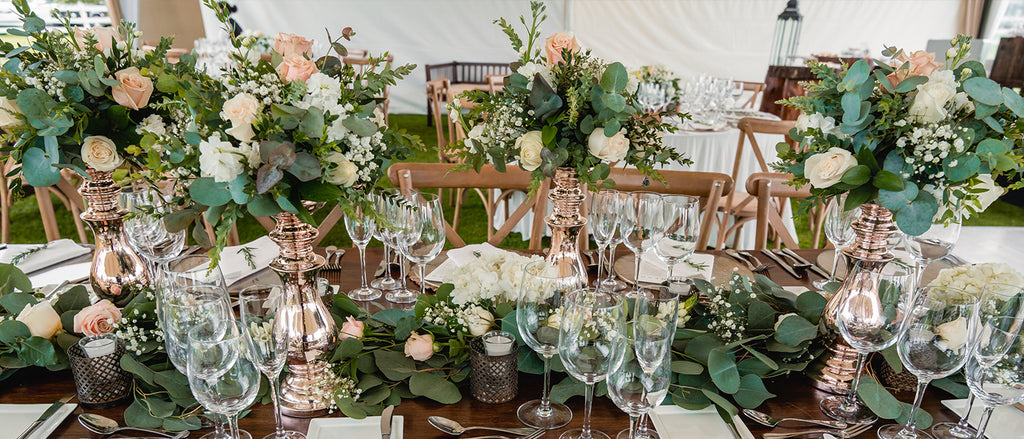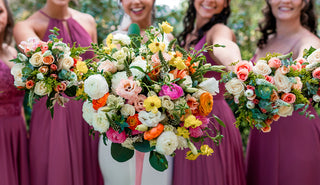Crafting a beautiful bouquet is an art, and one way to ensure your bouquet looks cohesive and visually appealing is by using the color star as your guide. The color star, also known as the color wheel, can help you choose the perfect combination of colors for your bouquet that harmonizes and creates a striking visual impact. In this short blog, we'll explore how to use the color star to design a stunning bouquet.

Understanding the Color Star:
The color star is a circular chart that displays various colors and their relationships. It is divided into primary, secondary, and tertiary colors, and it helps you understand how colors work together.
Choosing a Dominant Color:
Start by selecting a dominant color for your bouquet. This color will be the primary focus and set the tone for the entire arrangement. Consider the season, the theme of your event, and your personal preferences when choosing the dominant color.

Creating Contrast:
To make your bouquet visually appealing, choose colors that contrast with the dominant color. These contrasting colors can be found on the opposite side of the color star. For example, if your dominant color is purple, its complementary color would be yellow. Adding yellow accents or flowers to your purple bouquet will create an eye-catching contrast.

Harmonizing with Analogous Colors:
To achieve a harmonious look, consider using analogous colors. These are colors that are adjacent to each other on the color wheel. Analogous color schemes create a sense of unity and are pleasing to the eye. For instance, if your dominant color is blue, you can incorporate shades of blue-green and blue-purple to create a harmonizing bouquet.

Balancing with Neutral Colors:
Don't forget to incorporate neutral colors like white, cream, or green to balance the overall bouquet. These colors can help break up the intensity of the other hues and add a touch of elegance and freshness to the arrangement.

